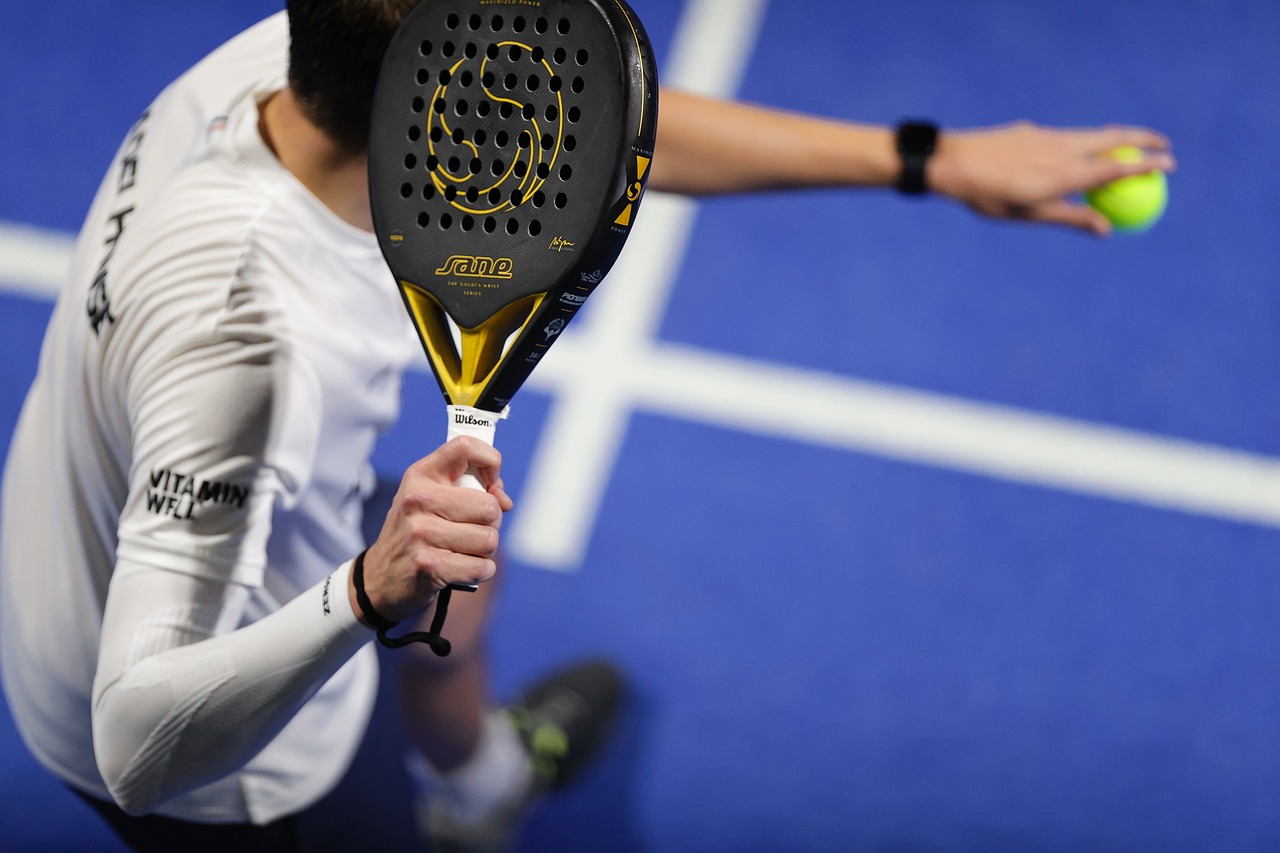Wednesday afternoon, on the grounds of the Valrose club, the balls were flying under a winter sun. More than just a simple pastime, padel is gradually establishing itself as an essential sport in Nice, attracting a growing number of practitioners and transforming the local sports landscape.
“Above all, padel, for me, was a discovery, a very good discovery,” explains Romain Franco, a passionate player who discovered the discipline a year ago. “I don’t come from the world of tennis at all. I tried it when I was young, but it was too difficult for me.” Like him, many people from Nice find in padel a fun and technical alternative, less demanding than tennis in terms of technique and learning.
An enthusiasm that exceeds expectations
According to the French Tennis Federation (FFT), which officially manages the development of padel in France, the number of participants has exploded in recent years. In 2019, there were about 100,000 regular players, compared to nearly 500,000 today. This phenomenon is also seen in Nice, where the number of courts has significantly increased in recent years. Today, the city has more than thirty courts, spread across different private and public clubs. However, the demand still vastly exceeds the supply.
“The slots are filled within a few hours. There aren’t enough courts to meet the demand,” explains Jérémy Farinoti, who has been in charge of Padel Valrose for 10 years. He adds: “Padel is an accessible sport and complementary to other racquet sports. This is what explains its rapid success.”
Is padel more accessible than tennis?
Unlike tennis, which requires years of practice to reach a good level, padel is more technically approachable. “If you don’t play for more than three years, it’s hard to hit good balls in tennis. In padel, after two months, you can already rally and score nice points,” analyzes Sacha Nabeth, a former tennis player who has completely switched to padel.
The sport’s accessibility attracts a varied profile: former tennis players, but also novices. “For me, coming from football, playing with four people is very enjoyable. We share enjoyable moments, find opponents at our level, and progress quickly,” continues Sacha.
The development of padel slowed by several obstacles
Despite this enthusiasm, some obstacles are slowing down the expansion of padel in Nice. One of the main challenges remains the lack of infrastructure and courts.
Moreover, the cost of padel can be a deterrent for regular players. “Playing three times a week represents a substantial budget, around 10 euros per session per person,” explains Jérémy Farinoti. However, implementing equipment rentals could make the sport more accessible.
Finally, the development of padel in the city poses a noise nuisance problem for the residents. “The noise is a real issue. The only solution would be to cover the courts, but this requires prefectural authorizations, and in the city, it’s complicated,” admits Farinoti.
Nice, a stronghold of padel in France?
While padel is booming in France, Nice plays a key role in its development. “You should know that the Côte d’Azur is where the best padel players in France are,” asserts Sacha Nabeth. “The competitions in Nice are tougher than in the East of the country or even in Île-de-France.”
The clubs in Nice see this enthusiasm as an opportunity. In 2023, the city hosted several regional tournaments, and discussions are underway to organize an international event in the coming years.
An addictive sport in full expansion
“If I were to recommend something to someone, it would be to come and discover a super fun, accessible sport that makes you sweat with friends,” concludes Antoine, a regular player. “You have fun right away and progress quickly. It’s very addictive!”
With its dynamism and ideal climate for practice, Nice is on the verge of becoming a leading location for padel in France. It remains to be seen if, in the coming years, it can establish itself as an essential sport, on par with tennis or football. One thing is for sure: the game is well underway.


